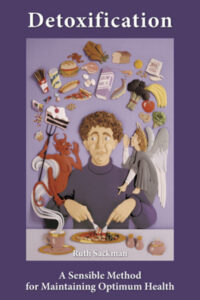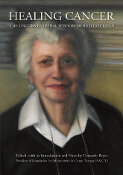Historically, the strawberry has been known to be a native fruit to North and South America. An early Chilean variety was taken to Peru in 1557 and this same variety is still growing in Chile, Peru, Ecuador, and other South American countries. The modem strawberry was developed in Europe.
Most strawberry varieties that grow commercially today have originated within the last fifty-five years. Territories for their growth have expanded to almost every state in the Union, including the interior of Alaska.
How the name “strawberry” first came into use is often disputed. One researcher tells us that it was because straw was used between the rows to keep the berries clean and to protect the berries in the winter. Another explanation is that in Europe ripe berries were threaded on straws to be carried to market.
In 1945, about fifteen varieties constituted 94 percent of the total commercial market. The leading variety in the United States is the Blakemore, which originated in Maryland in 1923. Its firmness, earliness, and the fact that it holds its color when stored make it a leading market berry, The Klondike is grown extensively in Southern California and is one of the best shipping varieties. The Klonmore is native to Louisiana. Because it appears earlier, it is more resistant to disease and is fast replacing the Klondike in that state. Other popular varieties are the Howard 17 and the Marshall, which both originated in Massachusetts.
Strawberries are at their peak of abundance in April, May, and June; January, February, March, and July are moderate months.
Quality strawberries are fresh, clean, and bright in appearance. They have a solid red color, and the caps are attached. Strawberries without caps may have been roughly handled or are over-mature.
Therapeutic Value of a Strawberry
Strawberries are a good source of vitamin C, and contain a large amount of fruit sugar. They are an excellent spring tonic, and are delicious when juiced.
They can be considered an eliminative food, and are good for the intestinal tract. Strawberries have an alkaline reaction in the body. Because of their high sodium content, they can be considered “a food of youth.” They also have a good amount of potassium.
Many people complain about getting hives from strawberries. This is usually because they are not ripened on the vine. If you are allergic to strawberries, try this: run hot water over them, then Immediately follow this by running cold water over them. This takes the fuzz off the outside of the berries, which is believed to be the cause of the hives.
The seeds of the strawberry can be irritating in cases of inflammation of the bowel or colitis.
Nutrients found in one pound of strawberries
Calories: 179
Protein: 3.5 g
Fat: 2.6 g
Carbohydrates: 35.3 g
Calcium: 122 mg
Phosphorus: 118 mg
Iron: 3.5 mg
Vitamin A: 250 I.U.
Thiamine: 0.13 mg
Riboflavin: 0.29 mg
Niacin: 1.3mg
Ascorbic acid: 261 mg
More about growing strawberries





